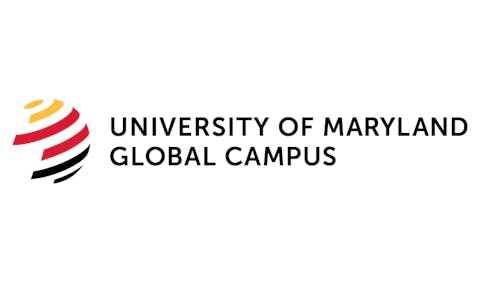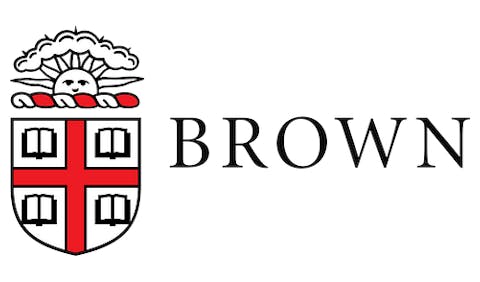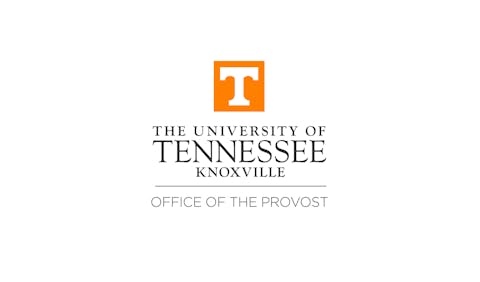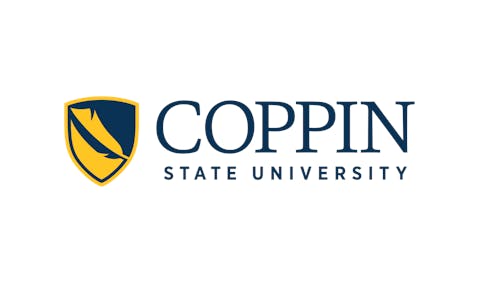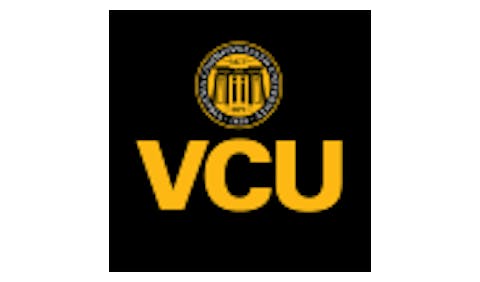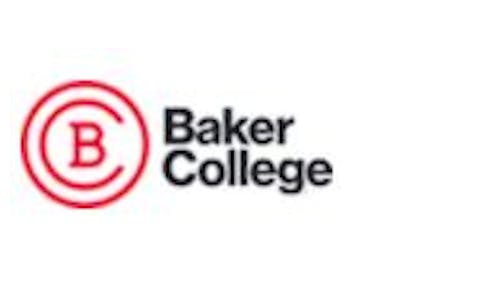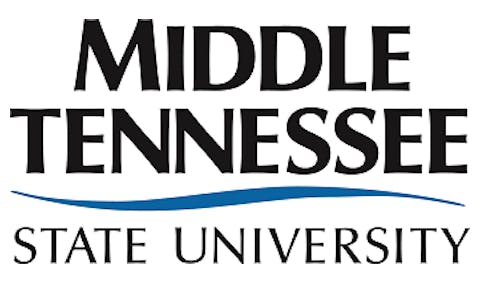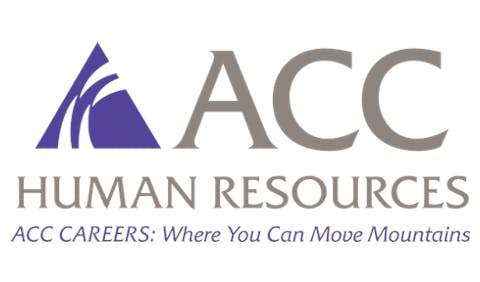ON HIGHER EDUCATION: THE ACADEMIC ENTERPRISE IN AN ERA OF RISING STUDENT CONSUMERISM
BY DAVID RIESMAN TRANSACTION PUBLISHERS 1998 NEW BRUNSWICK, U.S.A 421 PAGES SOFT COVER
The topic of policy is comprehensive and complex. Policy in higher
education implies formality and consensus. In this, his third volume
for the Carnegie Council’s series of policy studies on higher
education, author David Riesman examines microcosms of, detail in
higher education policy, offering very specific examples, while weaving
in commentary about such broad topics as ethnic groups and social
forces.
On Higher Education does not leave the reader with a sense of
formality and consensus. While it is possible to make comparisons among
similar institutions using variables such as public/private, community/
“traditional,” and liberal/conservative, integrating this work is very
difficult. Nonetheless, the breadth of content is what makes this
volume worth reading.
The book covers about a twenty-year period from the sixties to the
eighties. Aside from the changing demographics of the student body and
the various responses from the higher education community, Riesman
looks at the evolution of student power and discusses the challenge of
sustaining group commitment to a revolution as opposed to acting in
one’s own self interests.
According to Riesman, students missed opportunities to wield power,
and institutions missed opportunities to enhance the quality of
education. The author surmises that in order to maintain the veneer of
liberalism and retain students of varied backgrounds, many institutions
lowered standards and inflated grades. However, efforts made to counter
these trends are not clearly documented.
Riesman seems to place little value on factors that contribute to a
person’s college choice. He also implies that college must be central
in the student’s life. However, we know that for some non-traditional
students, family and job responsibilities often dictate that choice.
And the value of the community college could have been explored in
greater depth. Instead, that value seems to be relegated to a lower
status. The author says that community colleges foster a “false
intellectual confidence” and set students up for failure at four-year
schools. His reference to “social penalties attached” to a fear of
success by transfer students suggests a preference for limited
opportunities.
In addition, an integrated discussion of diminished expectations
was missing, as was mention of the positive role community colleges
play in serving students who pursue terminal two-year degrees as well
as those who continue their education at four-year institutions. These
are all examples of what seems to be an underlying focus on student
inadequacies. And one is left wishing for more depth of discussion.
Noting that Blacks are not a single ethnic entity, but are
separated into subsets of African American, Caribbean, and African
students, the author then says that a critical mass of “authentic”
Blacks is needed to attest to the liberalism of an institution.
Further, he states that in the sixties, there were well-prepared,
qualified Black students who felt that they “suffered” because their
degrees were devalued as a result of the grade inflation and degree
inflation. Diploma inflation was reportedly the result of pressure to
give course credit for remedial work, “first demanded by and on behalf
of underprepared Blacks and then by other non-Whites similarly
handicapped by family background and the inadequacies of previous
schooling.” It, therefore, follows that “unscholarly” Black studies
programs were created in otherwise scholarly institutions.
At many institutions, according to the author, Black faculty and
staff members were too few to protect themselves from the “pressures of
being thought of as go-betweens or representatives or tokens.” And some
currently enrolled minority students refused to recruit other
minorities because they themselves feel “disoriented” and isolated.
Riesman argues that “the expectation that the whole mindset of a
culture would be changed in more than minor ways seems displaced.”
While he alludes to a perception of minorities as less capable and
therefore limited in their capacity to learn and achieve, he also
references examples of what he considers to be true commitments to
change — such as “Harvard’s practically zero attrition” and efforts to
create a minority university in California.
There are relevant discussions of standardized testing,
institutional backlash against faculty, the roles of credentialing
organizations, federal government programs, and student/institution
fit. In fact, the author seems to hope that his work will be used to
predict “fit” and thus maximize the impact of college on the life of
the student.
By suggesting that students have power in the marketplace, Riesman
also implies that the individual is more influential than the
institution. The organization of this book reflects a multifaceted
picture of educational policies that impact on student choice.
COPYRIGHT 1998 Cox, Matthews & Associates
© Copyright 2005 by DiverseEducation.com










